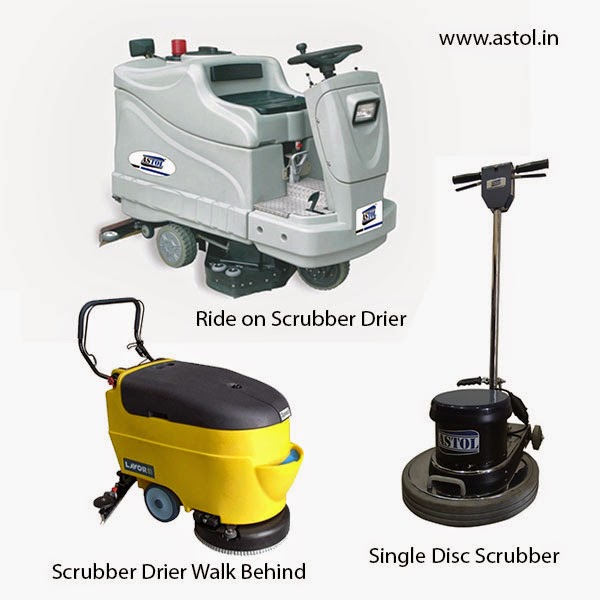Many people are concerned about using chemicals during cleaning as
they are perceived to be potentially harmful to the environment and the
person using them. No one wants to use chemicals unless they have to, so
cleaning methods that reduce or remove the need for them are becoming
more popular and dry steam cleaning is one of them.
Before buying or hiring a steam cleaner there are a few things to consider including:
There are many factors to consider before buying or hiring a steam cleaner and before entering into a contract, be sure that the machine will do what you expect it to. If in doubt get expert advice and you can always hire for a period before buying to make sure it does what you want it to. See some examples.
Using dry steam for industrial cleaning
The efficacy of steam as a cleaning medium has been known for many years and has demonstrable benefits in carrying out industrial cleaning. The basic principle of a dry steam cleaner is that, by putting the water in the boiler under pressure, the boiling point of the water is raised to achieve saturated steam i.e. steam with insignificant water content – usually 5-6%. Steam produced in a pressure washer, for example, has a high water content which may be adequate for some cleaning, but it does not effectively sanitise a surface. Effective sanitation is only achieved where the temperature of the steam is above 140°C when micro-organisms such as bacteria and dust mites will be killed. The high temperature of the steam emulsifies oil and grease as well as destroying germs, which allows the liquefied residue to be removed by vacuum or other means such as a micofibre cloth. A dry steam cleaner can be used on most surfaces except those that are very sensitive to heat. The advantage of this type of cleaner means both a reduction in the use of chemicals and also in water usage, which benefits both the environment and the personnel using it.Why use a dry steam cleaner
A dry steam cleaner is a versatile cleaning machine that has the advantage of leaving a surface not only looking clean but also being thoroughly sanitised. They can be used in a variety of industrial and commercial settings including hospitals, schools, shopping centres and office buildings. There are also machines designed specifically for chewing gum removal which is a problem for many local authorities and businesses.Before buying or hiring a steam cleaner there are a few things to consider including:
- The boiler should be made of stainless steel to provide more resistance to lime scale.
- Does the cleaner have continuous water fill?
- The dry steam cleaner should be robustly constructed as it is being used in an industrial environment, with possibly a number of different operators.
- There should be accessories which will enable a thorough cleaning job to be carried out. For example, different brushes and lances suitable for cleaning particular areas.
- Is a vacuum facility required to remove residue?
- Is the machine easily portable?
- What steam pressure is required
- Is a detergent delivery system required
- The surface to be cleaned and sanitised
There are many factors to consider before buying or hiring a steam cleaner and before entering into a contract, be sure that the machine will do what you expect it to. If in doubt get expert advice and you can always hire for a period before buying to make sure it does what you want it to. See some examples.
























